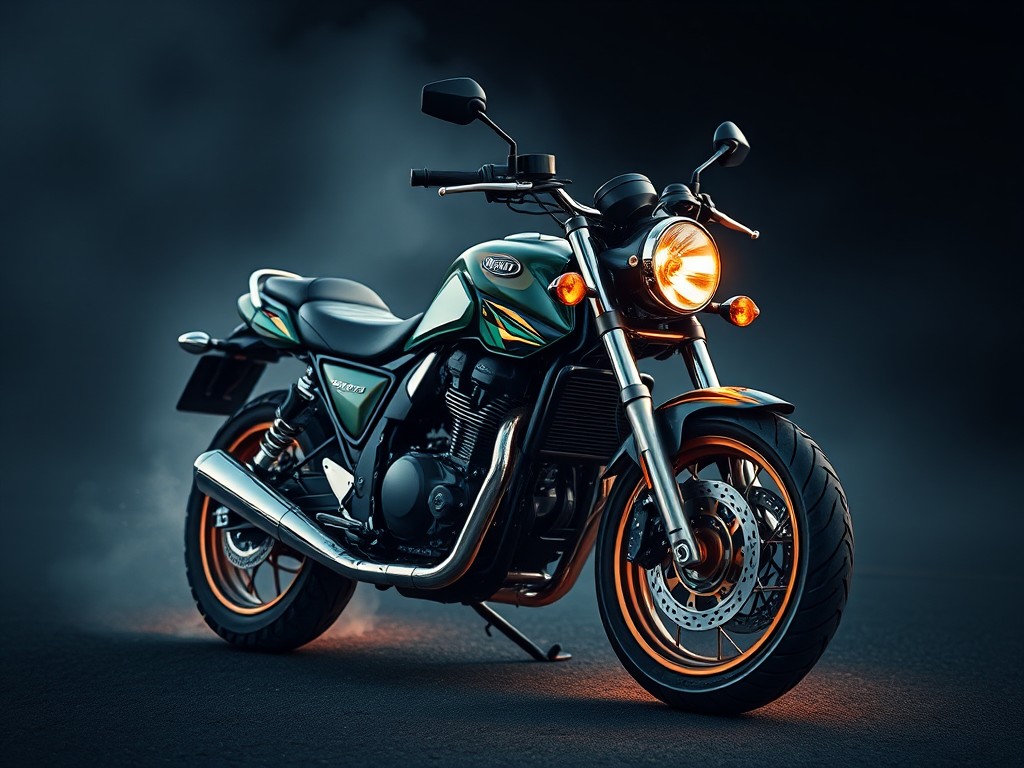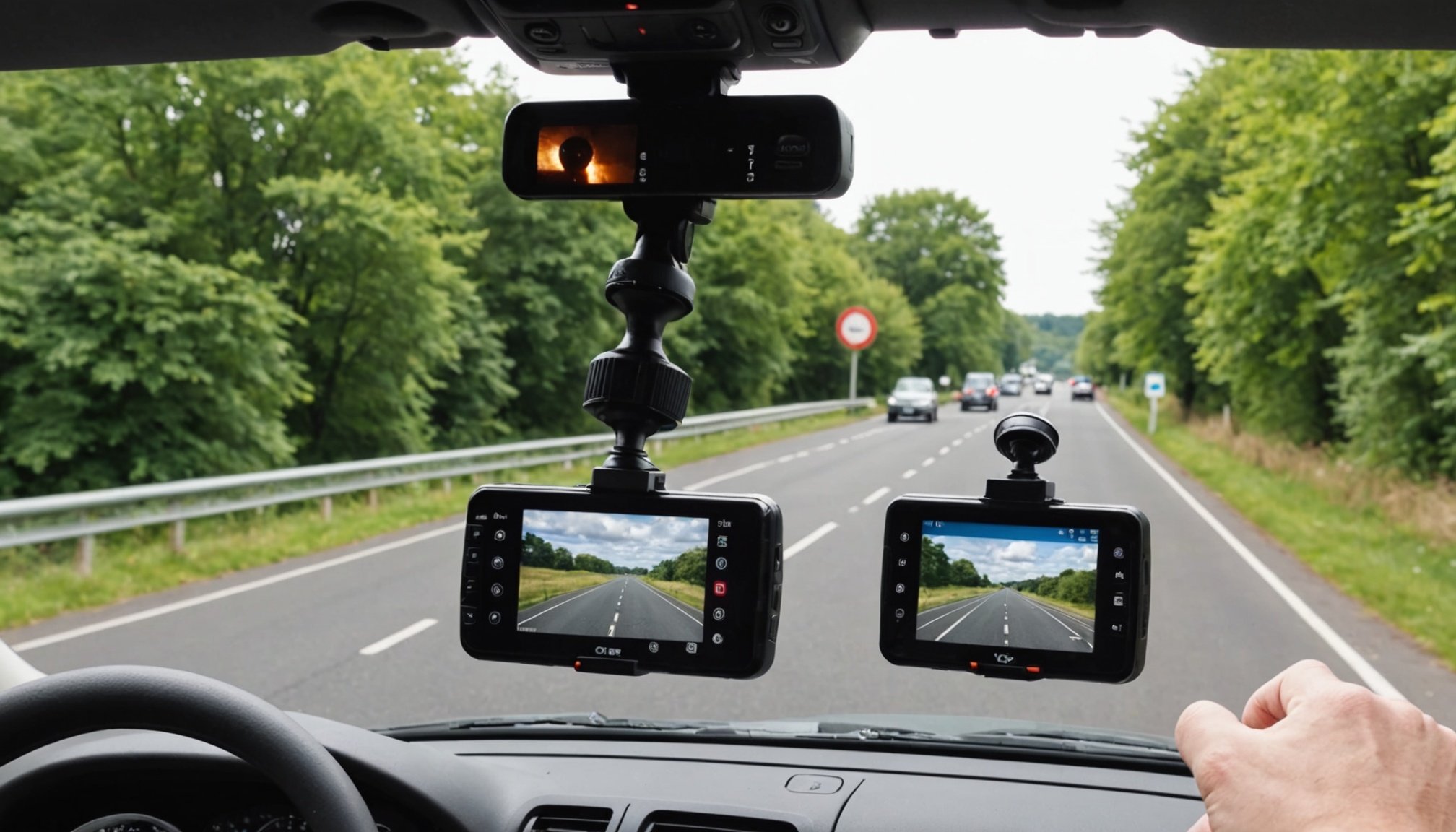In today’s fast-paced world, vehicle security is more crucial than ever. With road incidents and insurance fraud on the rise, installing a dashcam can provide invaluable evidence and peace of mind. This article will guide you through the process of installing a dashcam in a British vehicle for enhanced security, providing clear, detailed steps to ensure you get it right the first time.
Understanding the Importance of a Dashcam
Dashcams, or dashboard cameras, have rapidly become essential tools for many drivers. These compact devices, mounted on your vehicle’s dashboard or windshield, continuously record the road ahead (and sometimes behind). The footage captured can serve as critical evidence in the event of an accident, helping to resolve disputes and protect against fraudulent claims.
Topic to read : What are the optimal settings for configuring the active noise cancellation in a British luxury sedan?
By installing a dashcam, you’re investing in your safety and that of others. Think of it as an impartial witness that never blinks, capturing every event in detail. In the UK, where road conditions can be unpredictable, a dashcam is not just a luxury but a necessity. It can help you with insurance claims, provide evidence for police investigations, and even assist in monitoring your driving habits to enhance your overall road safety.
Choosing the Right Dashcam for Your Needs
Before you begin the installation process, selecting the right dashcam for your vehicle is crucial. There are numerous models available, each offering different features and benefits. When choosing a dashcam, consider the following factors:
Also read : What are the key factors to consider when choosing a tire pressure monitoring system for a British car?
- Video Quality: Look for dashcams that offer high-resolution video, preferably 1080p or higher. Clear footage is essential for identifying number plates and other vital details.
- Field of View: A wide-angle lens (around 140 to 170 degrees) will cover more of the road, capturing broader footage.
- Storage Capacity: Consider a dashcam with a large storage capacity or the ability to support high-capacity memory cards. This ensures you can store longer recordings without frequently overwriting old footage.
- Low Light Performance: Given the UK’s often overcast weather and early nightfall in winter, dashcams with good low light performance are particularly beneficial.
- Additional Features: Some dashcams come with useful extras like GPS, speed logging, and motion detection. These features can add significant value by providing more contextual information about your driving conditions.
Once you’ve selected the perfect dashcam, you’re ready to proceed with the installation.
Preparing for Installation
Proper preparation is the key to a successful dashcam installation. Ensure you have all the necessary tools and equipment ready:
- The dashcam itself, along with any included accessories such as suction mounts or adhesive pads.
- A power cable compatible with your vehicle’s 12V power socket.
- A suitable memory card for storing footage.
- Optional tools: a trim removal tool and cable clips to tidy up the wiring.
Start by deciding where to place your dashcam. The most common location is behind the rearview mirror, as this provides an unobstructed view of the road without distracting the driver. Ensure the dashcam is within the swept area of the windscreen wipers to maintain a clear view in all weather conditions.
Test the placement of your dashcam by temporarily mounting it and checking the view on its display. Adjust it as needed to cover as much of the road as possible while ensuring it doesn’t obstruct your view.
Installing the Dashcam
Once you’ve prepared everything and confirmed the placement, it’s time to install the dashcam. Follow these steps to ensure a secure and effective installation:
-
Mount the Dashcam: Use the included suction mount or adhesive pad to attach the dashcam to the windscreen. Press firmly to secure it in place. If using an adhesive pad, ensure the windscreen is clean and dry before applying it.
-
Route the Power Cable: Plug the power cable into the dashcam and route it along the edge of the windscreen and down the A-pillar (the vertical support between the windscreen and the side window). Use a trim removal tool to gently lift the edge of the trim and tuck the cable underneath. This keeps the cable out of sight and prevents it from becoming a distraction.
-
Connect to Power: Plug the other end of the power cable into your vehicle’s 12V power socket (usually found in the centre console or near the dashboard). Some dashcams come with hardwiring kits that allow you to connect the power cable directly to your vehicle’s fuse box for a cleaner installation, although this might require professional assistance.
-
Insert the Memory Card: Insert the memory card into the dashcam’s card slot. Make sure the card is formatted correctly according to the dashcam’s instructions. A properly formatted card ensures optimal performance and longevity.
-
Configure the Dashcam Settings: Power on the dashcam and access the settings menu. Configure the date and time, resolution, and any additional features you want to use. Refer to the user manual for guidance on the best settings for your specific model.
-
Test the Dashcam: With everything connected and configured, take your vehicle for a short drive to test the dashcam. Check the footage to ensure it’s recording correctly and that the lens angle captures the desired field of view. Adjust if necessary.
Maintaining and Using Your Dashcam
Having successfully installed your dashcam, it’s essential to maintain it properly to ensure it continues to provide reliable service. Here are some tips for maintaining and using your dashcam:
-
Regularly Check and Format the Memory Card: Memory cards can wear out over time, leading to potential data loss. Regularly check the card for errors and format it periodically (every few months) to keep it in good condition. Always back up important footage before formatting.
-
Keep the Lens Clean: Dirt and grime can accumulate on the dashcam lens, affecting the quality of the footage. Clean the lens regularly with a microfiber cloth to ensure clear recordings.
-
Update Firmware: Manufacturers often release firmware updates to improve dashcam performance and add new features. Check for updates periodically and install them according to the manufacturer’s instructions.
-
Review Footage Regularly: Get into the habit of reviewing your dashcam footage regularly. This helps you stay aware of any incidents or unusual activities, and also ensures the dashcam is functioning correctly.
-
Ensure Compliance with Local Laws: In the UK, it’s crucial to comply with legal requirements regarding dashcams. Ensure the dashcam is mounted in a way that doesn’t obstruct your view and that it records only public areas to respect privacy laws.
Installing a dashcam in your British vehicle is a practical step towards enhancing your safety and security on the roads. By following this comprehensive guide, you can ensure that your dashcam is installed correctly and functions optimally, providing you with peace of mind and valuable evidence in the event of an incident.
Remember, a dashcam is more than just a gadget; it’s a reliable witness that can protect you and your interests in numerous situations. By choosing the right dashcam, preparing adequately, installing it correctly, and maintaining it properly, you’ll be well-equipped to handle whatever the road throws your way. Safe driving!











